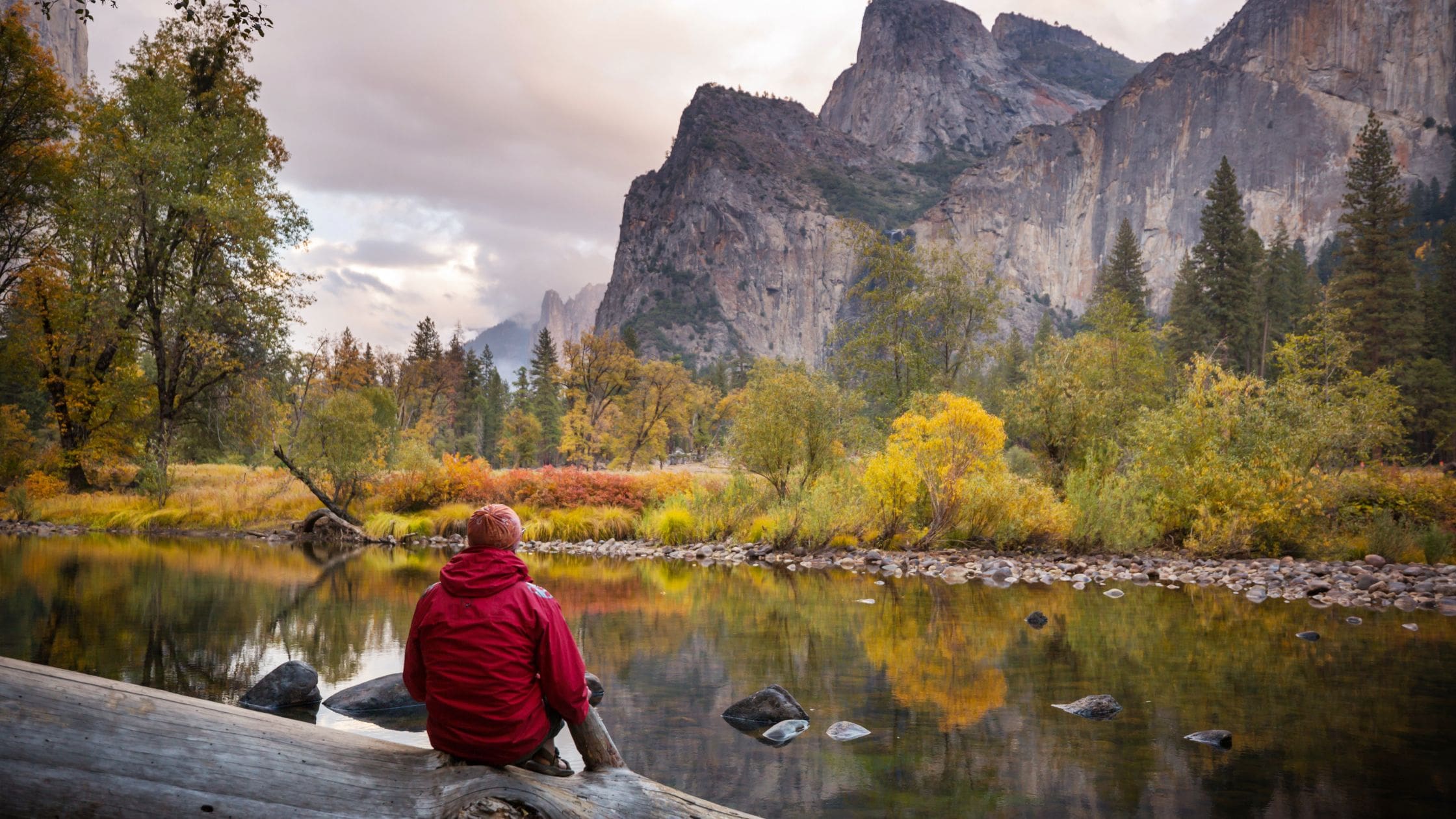There are countless noteworthy hikes in the United States, but few compare to the depth, terrain diversity, and overall majesty of the Appalachian Trail (A.T.). Stretching 2,200 miles from Springer Mountain in Georgia to Mount Katahdin in Maine, the trail is the longest hiking-exclusive path in the world. This fame has helped the A.T. endure as one of the US’s most popular treks, drawing in countless casual hikers and thru-hikers annually.
Getting to know the A.T.
The Appalachian Trail has existed in its entirety since 1937. The trail was originally conceived in the early 1920s by Benton McKay, an American forester, who strived to create an unprecedented footpath offering outdoor enthusiasts a chance to absorb nature through sustained recreation.
In many ways, McKay’s mission was – and continues to be – an overwhelming success. Millions of hikers explore segments of the A.T. each year, and since the trail’s inception, over 20,000 thru- and multi-year hikers have completed the trail point-to-point. This journey features many popular and regarded segments among the hiking community, including, but not limited to, the Great Smoky Mountains National Park on the border of North Carolina and Tennessee, the Virginia Triple Crown, and the Delaware Water Gap. Each of these sections offers unique natural sights and varying terrains, making for an ever-changing experience along the way.
Key considerations for first-timers
Due to the A.T.’s considerable length and plethora of different segments, visitors should take extra precautions when planning their hike. For those new to the trail, it pays to do extensive research on all intended trail segments, referring to resources such as the 2024 A.T. Guide for an in-depth look at what to expect.
What’s more, new hikers should take stock of their physical and mental readiness, spending budget, and life-related logistics to ensure a healthy, stress-free journey. These matters extend to equipping oneself with the proper gear, nutrition, and clothing necessary for safe and comfortable hiking. Other time-tested hiking preparations are especially important for navigating the A.T. – including knowledge of potential terrain, weather, and animal and plant life. Those hiking alone should also establish an at-home point of contact who is well-versed in their planned hike (in the event of an emergency).
Whether you’re returning to the trail or traversing it for the first time, the Appalachian Trail is sure to be a rewarding experience, offering an enriching challenge and bringing you closer to some of the country’s most beautiful landscapes.







